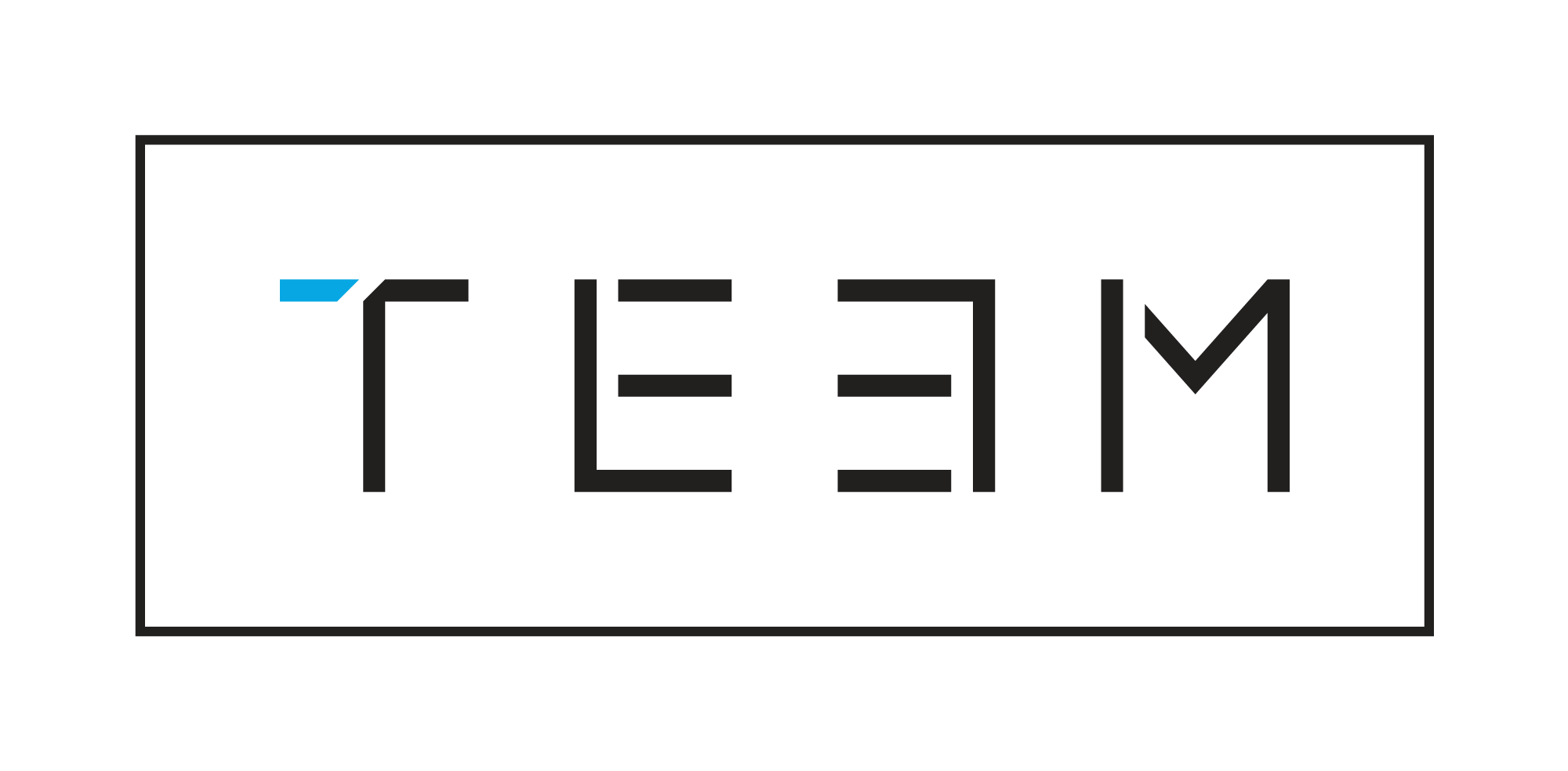The infrastructure of the workplace is ever evolving, constantly looking to minimize drawbacks and enhance productivity. Culture is shifting, as new generations and thought leaders enter the workplace, fresh ideas come to light about how to make work an inspiring part of your lifestyle, where long and stressful days don’t necessarily equal productivity.

Workplace Infrastructure
There is an increasingly bigger push to be efficient, happy, and streamlined with work. Making offices more comfortable, work days more flexible, and giving people the ability to choose for themselves how to dress professionally when they need to.
Traditional corporate work culture may inspire images of people spending hours in cubicles, imagining what their “dream” life would be. Workers are relatively unenthusiastic and stressed out, and people are being forced into a grey box of ambiguity as they continually battle glass ceilings.
The shift in today’s culture, breaking away from this mold, is not because people don’t want to work hard. If you are going to spend 70% of your waking hours at a job, you may as well be happy and productive. A room full of happy people is much better than a room full of miserable people.
These changes may not happen overnight, but the conversations are happening, and smaller businesses are getting gutsy and implementing work conditions that they believe will make life better for everyone, including the business itself.
67% of workplaces now offer some form of flexible work schedules. More and more small businesses are introducing this work plan to increase employee satisfaction and productivity.
73% of workers say flexible work schedules increase their productivity and 77% of those surveyed say flexible working conditions are a major factor when they are making job decisions.
Evolving Workplace Demographics
As workplace policies evolve, so do the people. We are seeing an increase in diversity among people in leadership roles, and in the workplace in general. Businesses are beginning to embrace uniqueness and flexibility due to demand from Millenials and younger workers coming up in the ranks behind them.
Why not have a flexible schedule? Why not let someone be a mom and a business leader? Trish Thomas, the CEO of TEEM, is a mom and manages an incredibly busy schedule. Because of schedule flexibility, she is able to manage her job and her family with joy.
While plenty of companies still embrace “traditional” work environments and stereotypical roles (think male CEO’s and female secretaries) those companies are either getting “me too’d,” or they’re becoming obsolete because no one wants to fill their empty positions. And even when positions are filled, traditional companies may face the disruption and cost of high employee turnover due to dissatisfaction.
From 1997 to 2009 the number of female CEOs in top Fortune 500 companies increased 86%, and currently 5% of Fortune 500 companies CEOs are women. A small but important number. There are still huge gaps, however. Women of color still occupy very few leadership positions, holding only 4.7 percent of executive or senior-level officials and managers in S&P 500 companies, and the increase of women leaders as CEOs of large corporations has stalled at 5% for the last 3 years.
And while inclusivity for the LGBTQ+ community is growing among companies, there are still internal policies and politics we need to better navigate in order to be wholly inclusive and non-discriminatory. There are members of the LGBTQ+ community in many workplaces, including our own, and we should strive to be cognizant and welcoming.
Small businesses are still paving the way for inclusivity and they serve as a testing ground for new ideas and approaches. The vast majority of small business owners (86%) who have adopted nondiscrimination policies report that the policies cost them “nothing or next to nothing.” Advocating for people doesn’t cost a lot. It’s also the right thing to do.
Moving Forward
Work environments that protect against workplace discrimination, allow for flexibility, and support women in leadership roles show that success is directly related to how you are able to adapt to cultural change.
There are many factors that go into building a strong workplace culture that resonate with employees. No one can deny the importance of building a good community that supports those within it. A Forbes study notes that companies with strong workplace cultures see a four-fold increase in revenue growth.

Considering Everything
How our workplace culture evolves can directly affect revenue and the bottom line, and it’s worth examining. Happy employees are 12% more productive at work and highly engaged workers can deliver up to a 20% increase in sales.
As working conditions change and people grow bold in advocating for their rights, expect to see continued improvements in the rights of women and LGBTQ+ individuals.
At TEEM, we take a flexible workplace approach. One that allows for the working mom to spend time with her child, or even the “dog parent” to work from the vet’s office or take a break during the day for a walk. TEEM leadership knows that employee satisfaction will improve life for everyone.
As Trish Thomas, our CEO, recently shared “At TEEM we are focused on passionate client care, delivering stellar work, and continuous improvement far more than what time a team member arrives at the office, or how many days they are on vacation, or what they are wearing. It’s not that we don’t have high expectations – we do. But we allow our team the freedom and flexibility to determine how to best accomplish their duties and deliver on our promises to clients and partners.”
Most employees aren’t asking a lot. Having the option to take two weeks and an extra day of vacation can make a huge difference, and it doesn’t necessarily mean they will actually take that extra day.
Small companies are able to take risks and they are also able to reap the rewards that those risks provide. By hiring the right people who are motivated and capable, you can trust that they will get the work done from home. By having policies that allow for flexibility without compromising accountability, you can satisfy employee needs while also safeguarding the company.
But most of all, by giving people a chance to work while they accommodate their lifestyle and personal preferences, you gain access to a significantly larger talent pool. You can hire a high-powered female executive who wants to manage a company and still spend time with her family. Your employees will be happier because you pay fair wages and acknowledge their value when they come to work. Your workers won’t be upset about wearing suits and ties when they need to, because they have the flexibility to express themselves with their wardrobe at other times. Your employees will feel safe and be able to focus on being productive, because your company supports equal rights for everyone.
If you don’t adapt, you will get left behind and your company will suffer the consequences. In 2020, take time to listen to your workforce, and adapt where you can. By offering a little more, even at a small cost, you may actually gain it back in revenue and loyalty.
Malissa Tabbey
Digital Marketing Strategist

